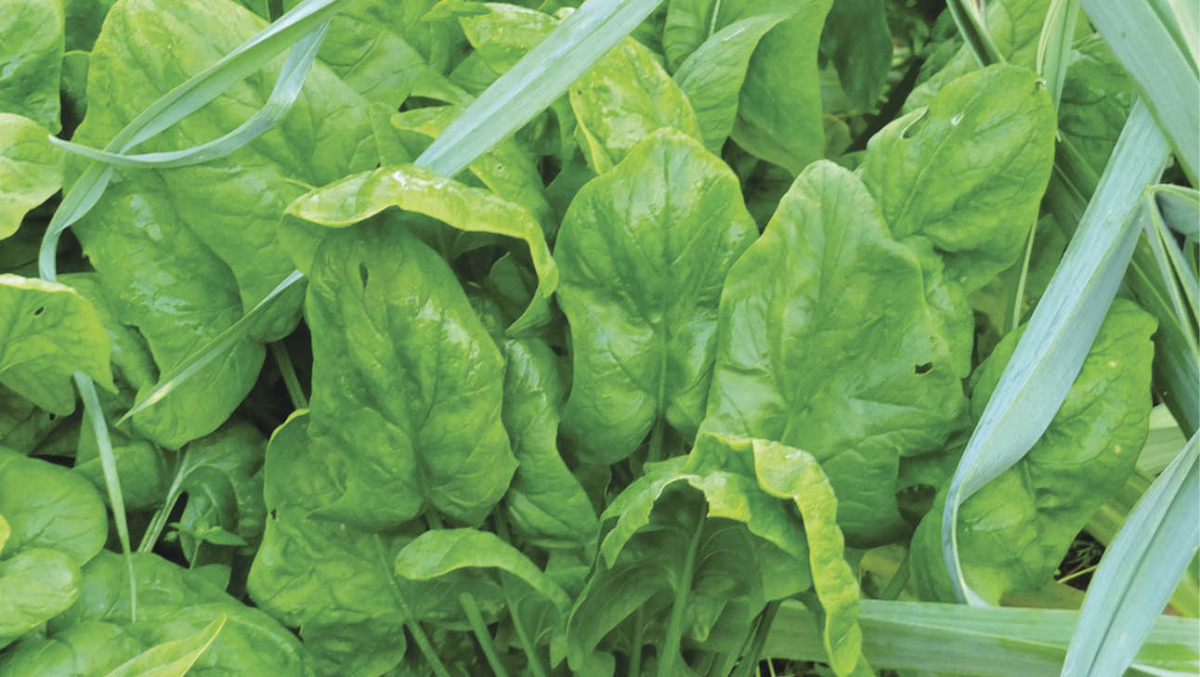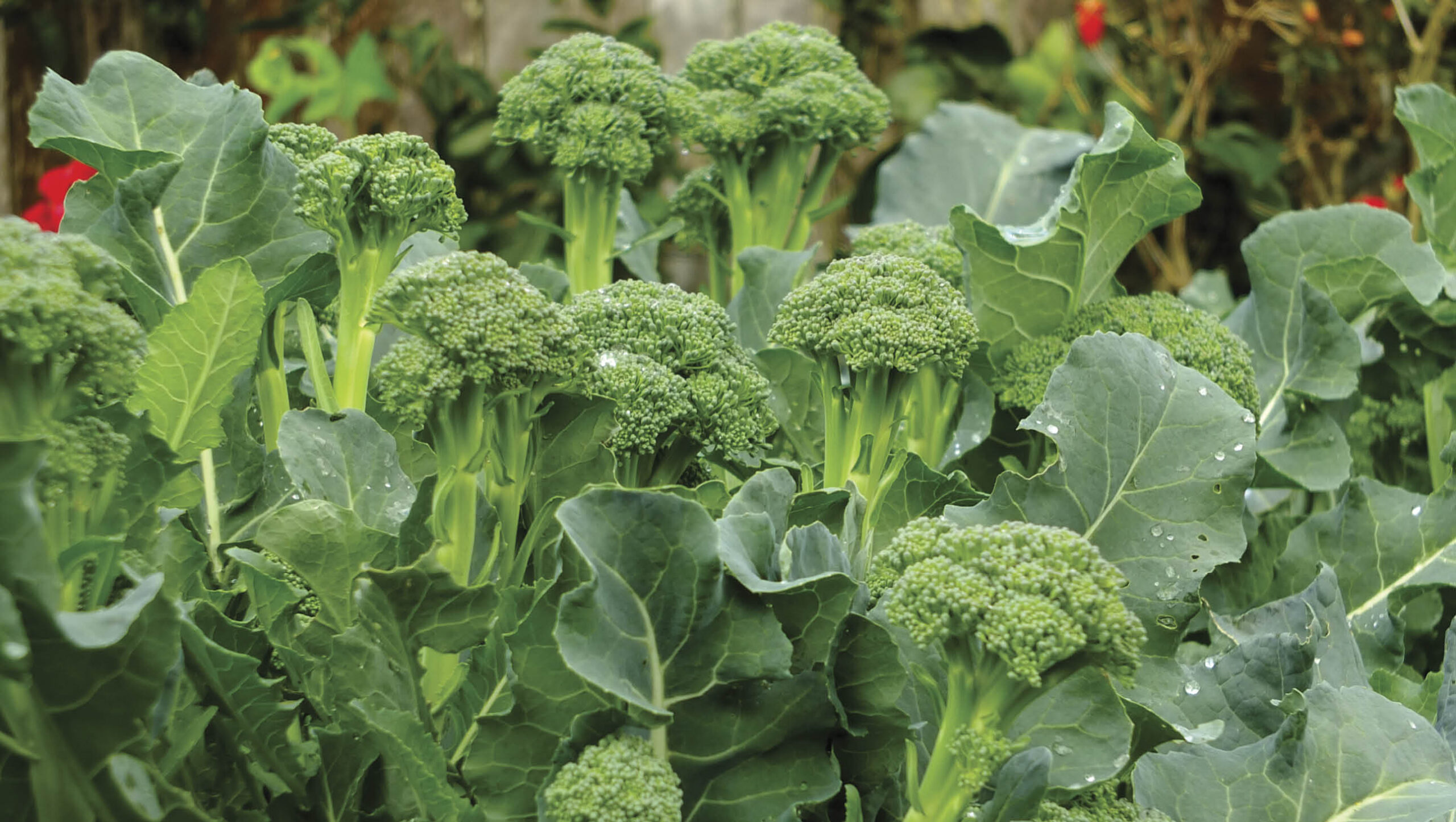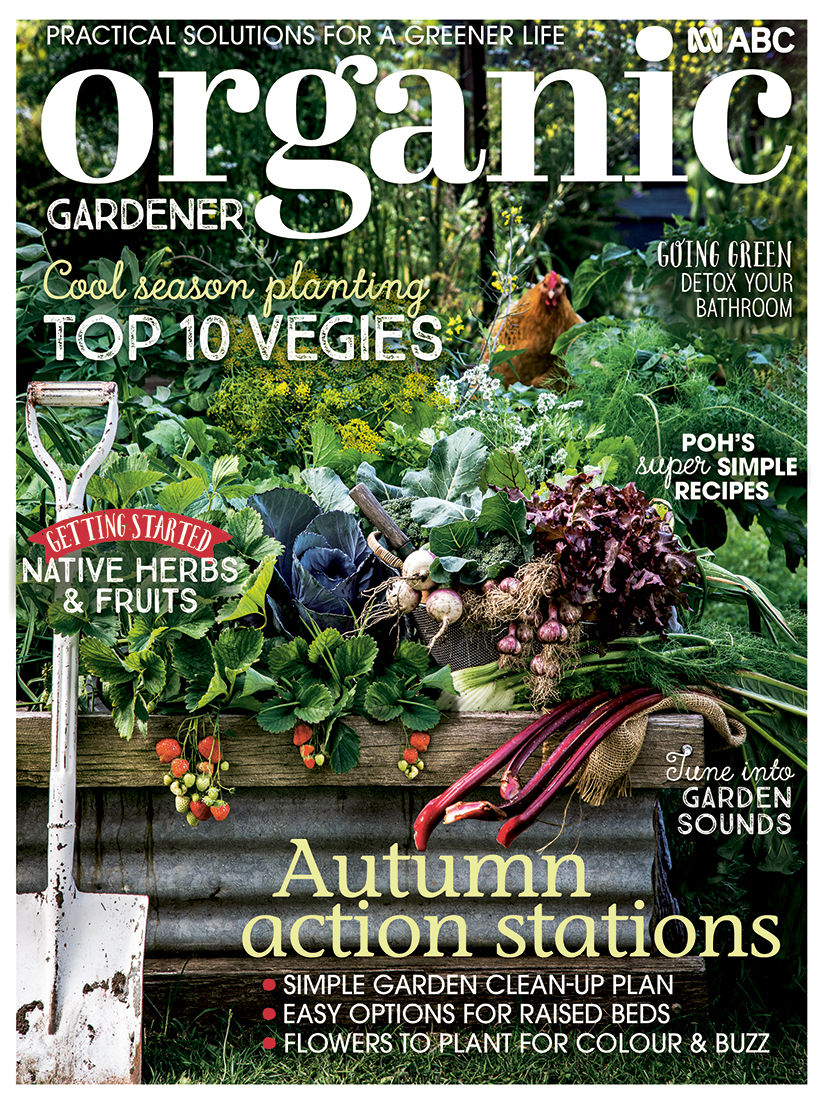Grow your own organic broccoli
2023-03-09T01:16:00+11:00
With good preparation, you can have your own abundant harvest of fresh, nutritious vegetables through autumn and winter, writes Phil Dudman. Get started with broccoli and English spinach.
There are so many delicious vegetable crops that thrive through the cooler months, and with fewer pests about, the growing is easy! Here’s my growing tips for broccoli and English spinach.
Broccoli
Broccoli is a crop that keeps on giving. If you choose a shooting variety, it’ll produce a steady supply of side shoots after you harvest the main head. One crop of six plants can keep an average household in broccoli for months. Plant a follow up crop every six weeks or so, and you’ve got the season covered. Don’t forget, the leaves are edible, too. Use them as you would cabbage or kale. Even the leaf stems can be peeled then steamed or stir fried.
Buy seedlings or start seed in punnets. In cool areas, get plants in the ground early so they are established before it gets too cold. In tropical and subtropical areas, for an early start, grow seedlings in pots until it’s cool enough to plant in ground. Feed your broccoli with plenty of compost and organic fertiliser, and it won’t let you down.
Look out for:
Cabbage white butterfly can be a problem anytime but are most prevalent in autumn and spring. Their larvae will make a mess of broccoli plants, especially young ones. Protect them from seedling stage right through to maturity. Pest exclusion nets are a trouble-free option, or spray Dipel whenever damage is detected.
Grey aphids are sap sucking insects that appear in clusters under leaves. Check plants every so often. Remove heavily infested leaves or apply a soap spray.
English Spinach
This glorious veg is one of the best leafy greens for flavour, texture and versatility in the kitchen. Start sowing seed directly in ground or in punnets from March, or in April in the subtropics (sorry if you’re in the tropics, it’s too warm for English spinach). Soaking seed overnight will speed up germination. Follow up with another crop in 4–6 weeks for a perpetual cool season harvest.
Treat spinach well and you’ll be rewarded with lots of succulent leaves for salads, soups, stir fries and spinach pies. Pile on the compost before planting, throw in some organic fertiliser pellets, keep the soil moist and give plants a hit of liquid seaweed and fish emulsion once a fortnight. When harvesting, pick the outer leaves first.

These are just two of many vegies you can grow during the cooler months. Given there is so much choice of what to grow, if you have limited space, consider what you are going to eat most of and concentrate on those. If you have a large garden you can really go for it but do a rough plan first of what you want to grow and the best spot in the patch. Also, once you’ve cleared any spent summer crops, ensure you’ve added compost, fertilisers and soil improvers that might be needed.
For more cool season growing tips from Phil get a copy of our Early Autumn 2023 magazine (OG 139).







